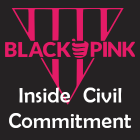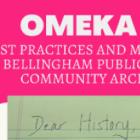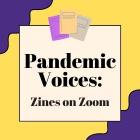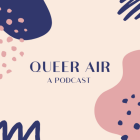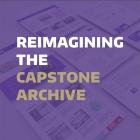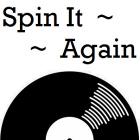
IIIF and Mirador at UW Libraries
In IIIF and Mirador at UW Libraries, I sought to understand how the International Image Interoperability Framework (IIIF) functions and how the IIIF-compliant Mirador Image Viewer can be used at UW Libraries. All images in the UW Libraries Digital Collections are IIIF-compliant and viewable in Mirador, but this function is underutilized by staff and researchers. After interviews with Libraries staff and my own extensive research, I created three mini-tutorials on accessing and using Mirador. The tutorials take the viewer through using the Mirador Classic Image Viewer features, loading two or more images, and loading images from other IIIF-compliant institutions.

